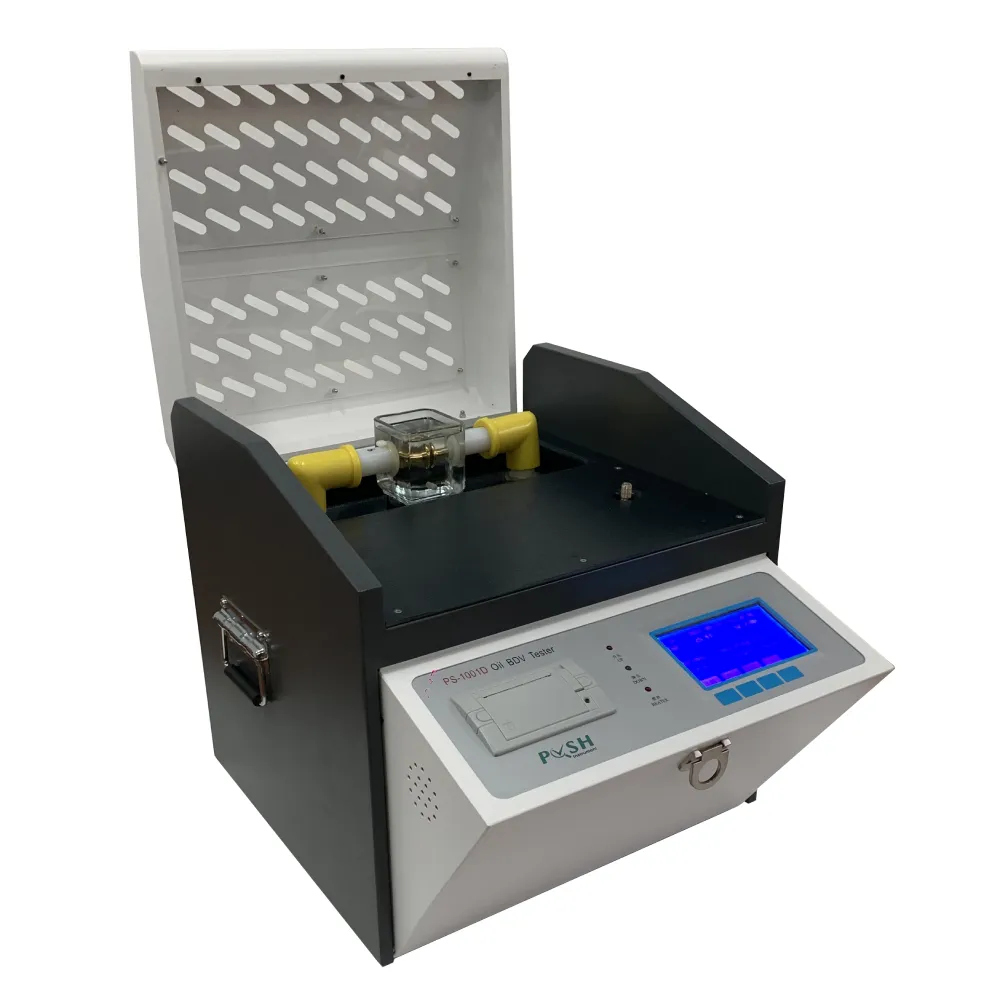 English
English


Understanding the Functioning and Applications of Direct Current Dynamos in Modern Technology
Understanding Direct Current Dynamos Principles and Applications
Direct current (DC) dynamos, also known as DC generators, play a pivotal role in the field of electrical engineering and power generation. These devices convert mechanical energy into electrical energy in the form of direct current, a process that has been fundamental in various industrial applications and continues to have relevance today.
Working Principle of DC Dynamos
The operation of a DC dynamo is based on the principle of electromagnetic induction, which was first discovered by Michael Faraday in the 19th century. A DC dynamo consists of several key components a rotor (or armature), a stator, field windings, and a commutator. The rotor, usually wound with copper wires, rotates within a magnetic field produced by either permanent magnets or electromagnets located in the stator.
When the rotor spins, it cuts through the magnetic lines of force, inducing an electromotive force (EMF) across the armature according to Faraday's law of electromagnetism. This induced voltage causes a current to flow out of the generator. To ensure that the output current is direct, a commutator is used. This mechanical switch periodically reverses the connection of the armature winding to the external circuit, ensuring that the output current always flows in one direction.
Types of DC Dynamos
DC dynamos can be categorized based on the arrangement of their field windings, leading to three main types series, shunt, and compound dynamos.
1. Series DC Dynamo In this configuration, the field winding is connected in series with the armature winding. The current flowing through the load also passes through the field winding, generating a magnetic field that increases with the load. This type of dynamo is suitable for applications requiring high starting torque, such as in electric trains.
direct current dynamo

2. Shunt DC Dynamo In shunt dynamos, the field winding is connected in parallel with the armature. The generated voltage is almost constant, making this type suitable for applications where stable voltage is necessary, such as in battery charging.
3. Compound DC Dynamo A combination of the series and shunt configurations, compound dynamos can be either cumulative or differential. Cumulative compound dynamos provide high performance under varying loads, making them suitable for applications in industrial settings.
Applications of DC Dynamos
DC dynamos were widely used in the early 20th century to power electric motors, lighting systems, and electroplating industries. Today, although they have been largely replaced by alternating current (AC) systems for most large-scale power generation, they still play a crucial role in specific applications.
For instance, DC dynamos are extensively used in small-scale power generation where portable and reliable power sources are needed. They also find applications in uninterruptible power supplies (UPS), where maintaining a steady DC output is essential. In the educational sector, they are fundamental in teaching concepts related to electromagnetism and electrical engineering.
Conclusion
In summary, direct current dynamos represent a significant technological advancement in converting mechanical energy into electrical energy. While their prevalence has diminished with the rise of AC systems, they remain an important technology with specific applications. Understanding the working principles, types, and applications of DC dynamos provides valuable insights into both historical and modern electrical engineering practices. The continued relevance of these devices speaks to their design elegance and utility in numerous scenarios.
-
Differences between open cup flash point tester and closed cup flash point testerNewsOct.31,2024
-
The Reliable Load Tap ChangerNewsOct.23,2024
-
The Essential Guide to Hipot TestersNewsOct.23,2024
-
The Digital Insulation TesterNewsOct.23,2024
-
The Best Earth Loop Impedance Tester for SaleNewsOct.23,2024
-
Tan Delta Tester--The Essential Tool for Electrical Insulation TestingNewsOct.23,2024





